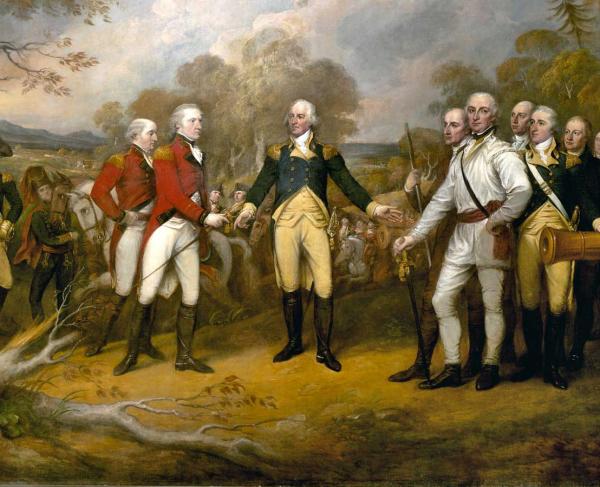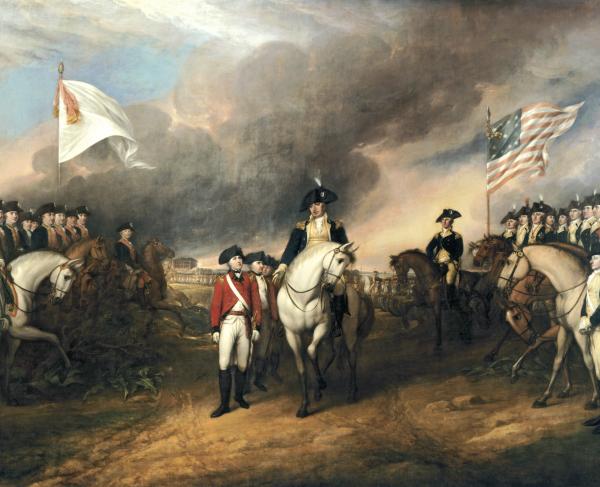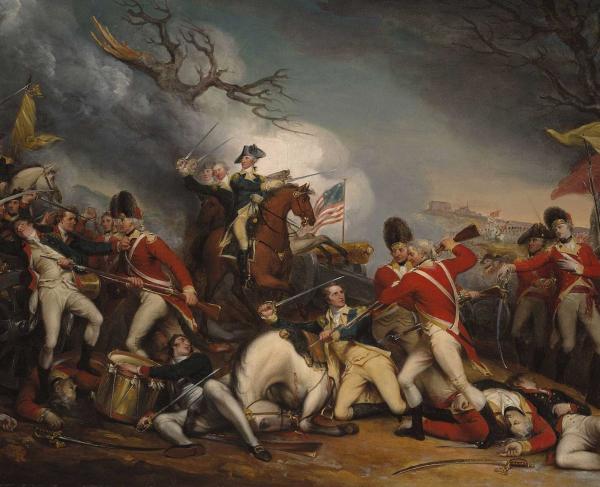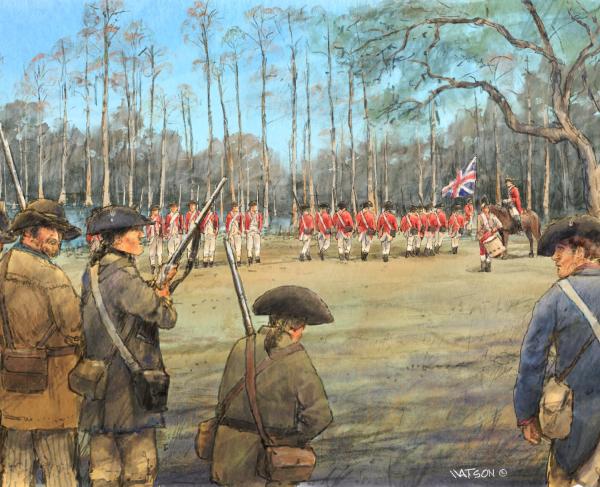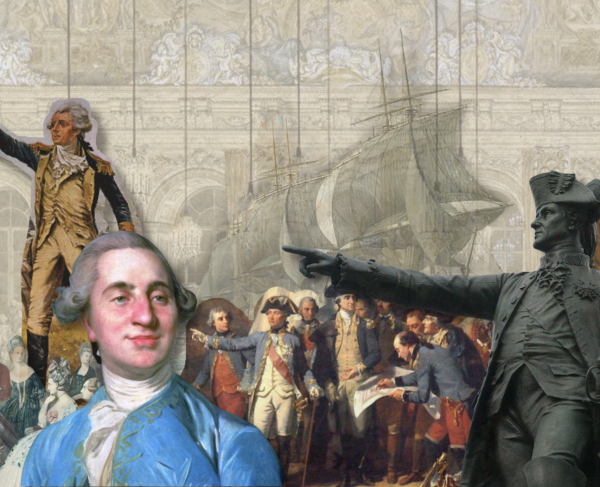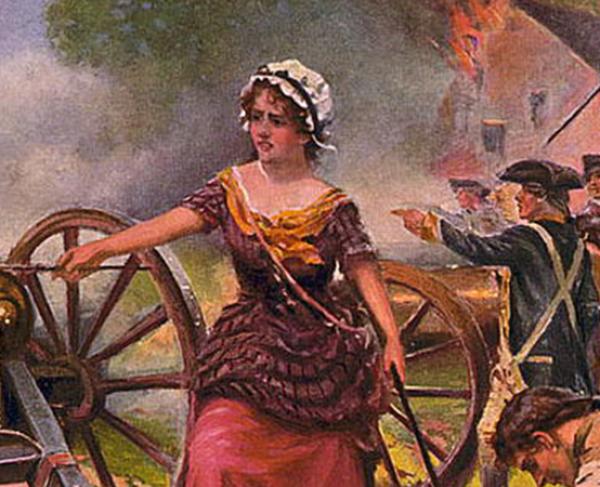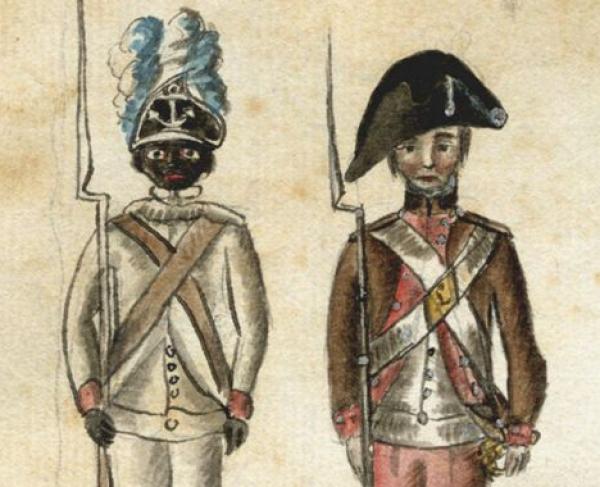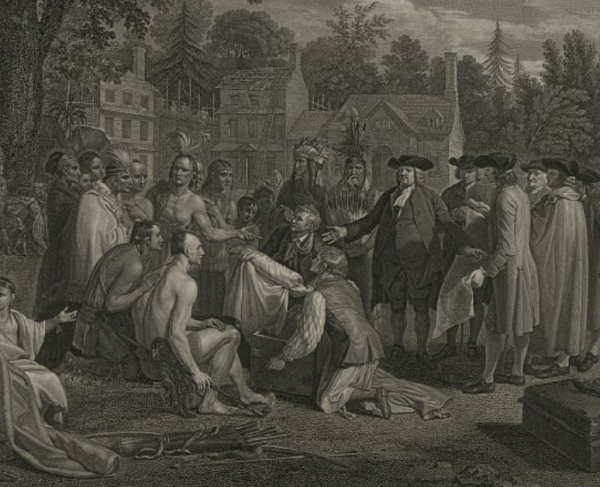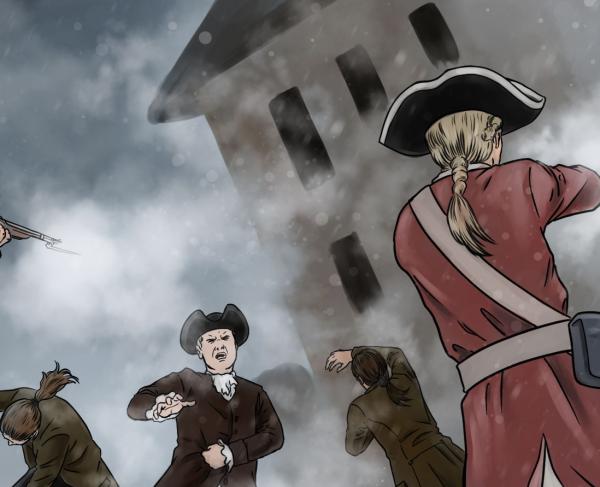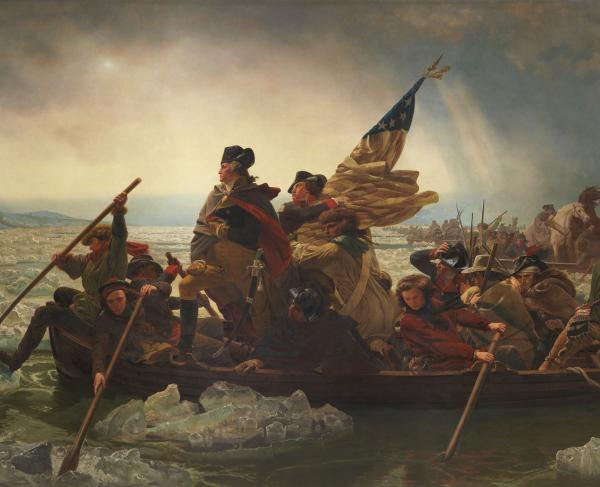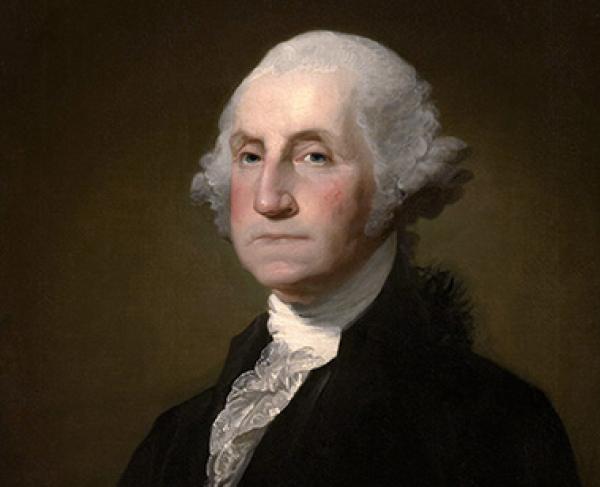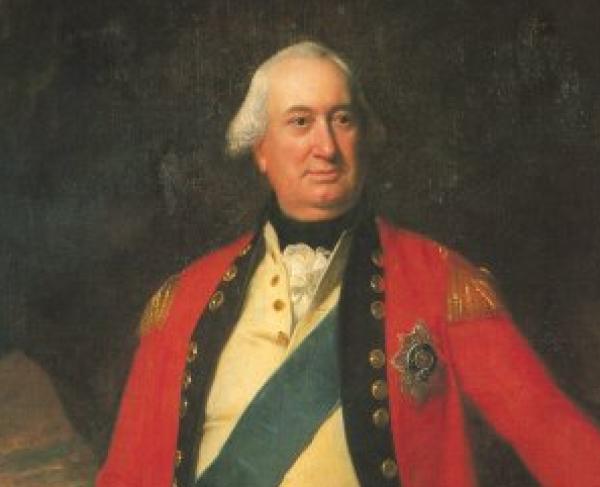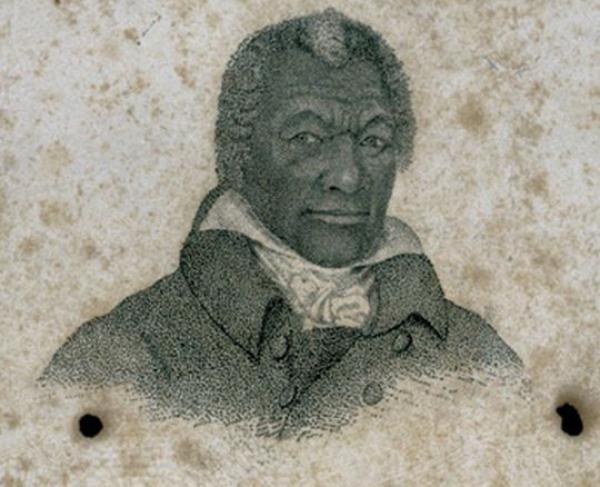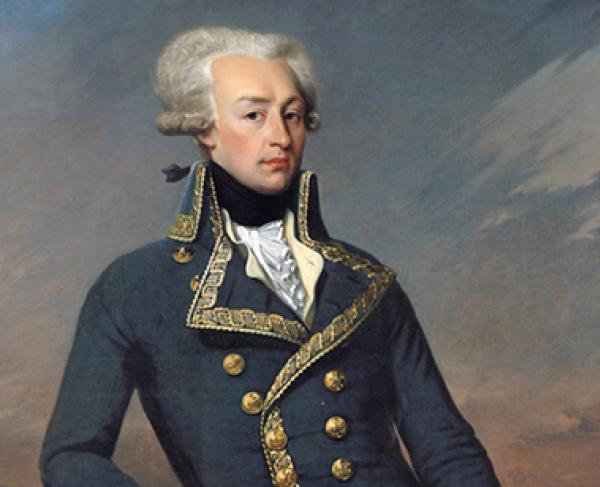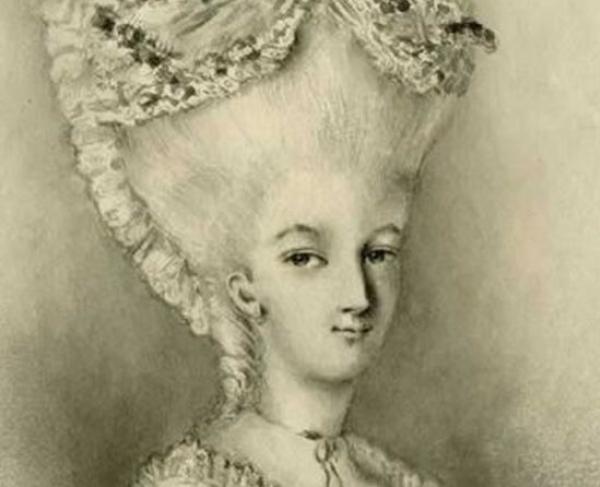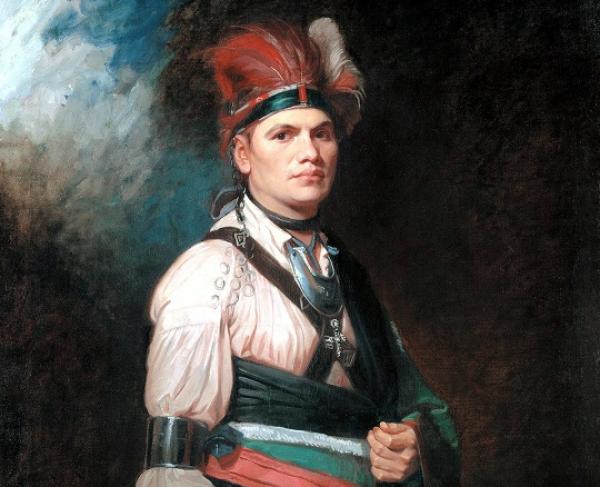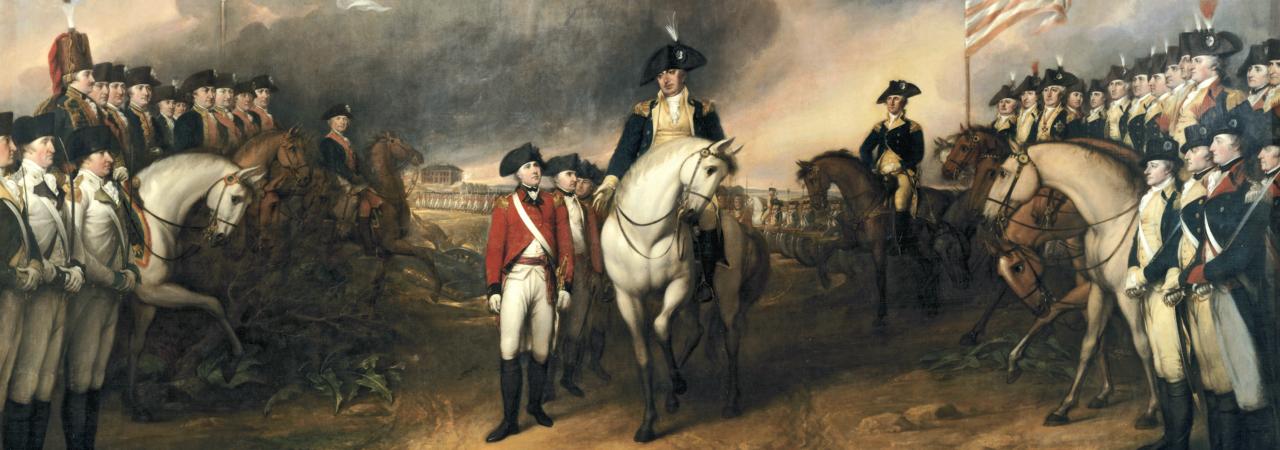
"The Surrender of Lord Cornwallis" is an oil painting by John Trumbull. The painting was completed in 1820, and hangs in the rotunda of the United States Capitol in Washington, D. C.
Revolutionary War
American Revolution
Watch Animated Map
The Forging of Our Nation
The Revolutionary War was a war unlike any other — one of ideas and ideals, that shaped “the course of human events.” With 165 principal engagements from 1775-1783, the Revolutionary War was the catalyst for American independence. Our inalienable rights, as laid out in the Declaration of Independence, were secured by George Washington and his army at the Siege of Boston, the American victory at Princeton and the stunning British surrender at Yorktown. Explore the battlefields and personalities from this pivotal time in American history.
Dale Watson
The American Revolution Experience
From drummer boys, military mapmakers and other ordinary people, explore the lives of 13 men and women who witnessed the dawn of a new nation.
Popular Content
Battle Overviews
Revolutionary Figures
George Washington
Learn about the life of George Washington, the military officer, statesman, and Founding Father who served as the first president of the United States
Charles Cornwallis
Charles Cornwallis was born on New Years’ Eve to an English ruling class family. His father Charles, a Baron, sent Cornwallis to Eton, an exclusive
James Armistead Lafayette
Born into slavery around 1760, James Armistead lived most of his life on a plantation in New Kent, Virginia. During the American Revolution, however
Marquis de Lafayette
Gilbert du Motier, Marquis de Lafayette, better known simply as the Marquis de Lafayette , was born into an extremely noble family in Chavaniac
Peggy Shippen
Peggy Shippen, wife of Benedict Arnold, was a civilian and spy during the American Revolutionary War. A Loyalist, she worked with her husband to
Joseph Brant
One of the most controversial figures of the American Revolution, Joseph Brant (Mohawk name Thayendanegea), was born along the Cuyahoga River in 1742
